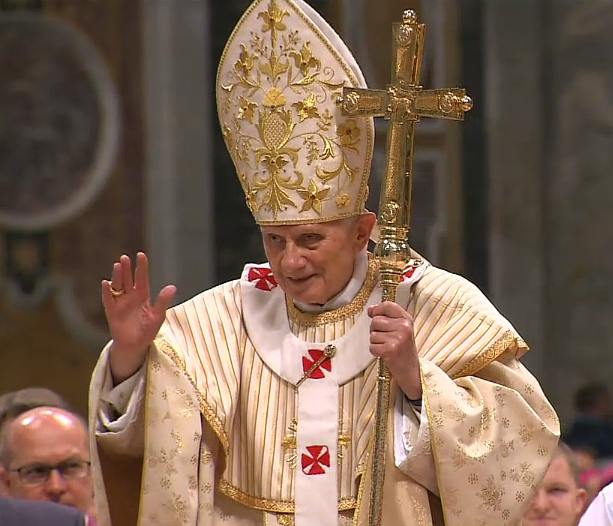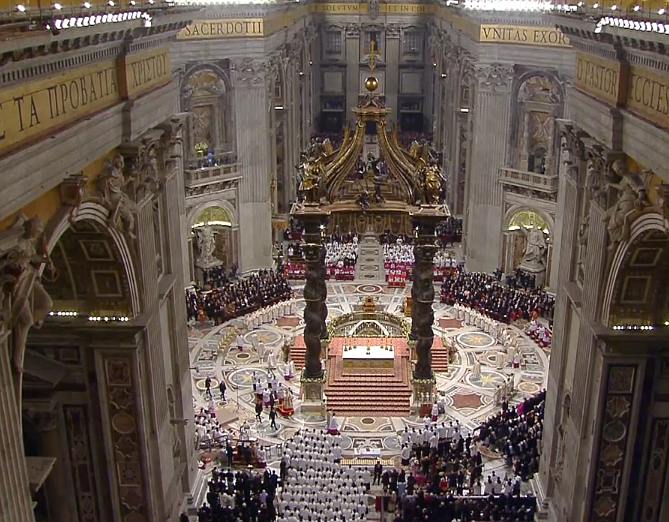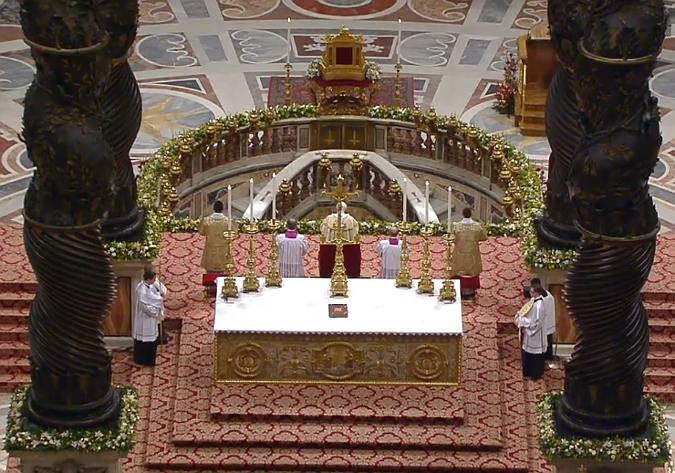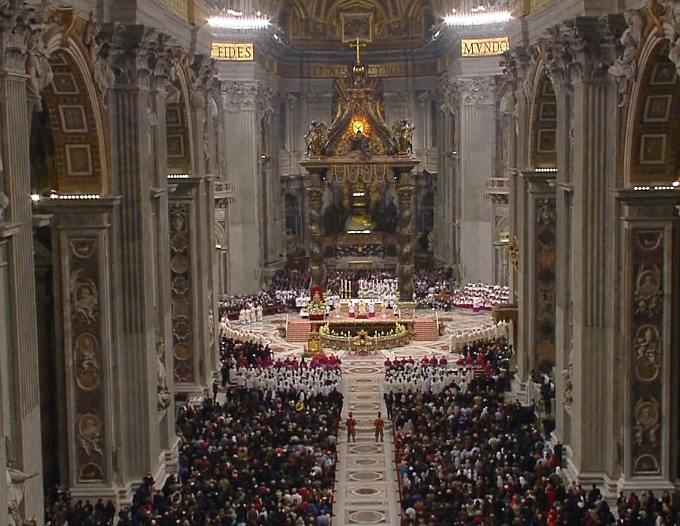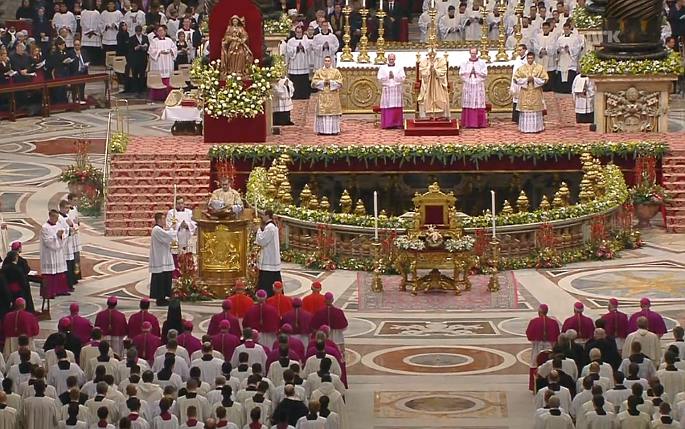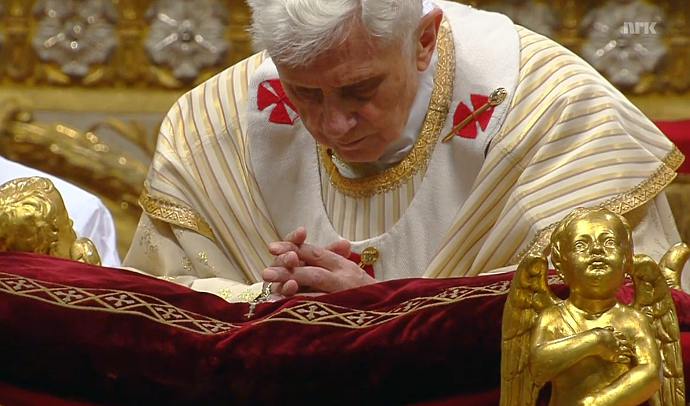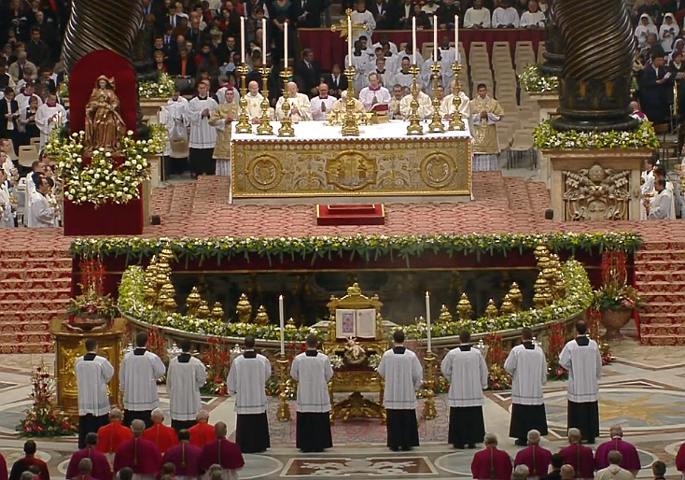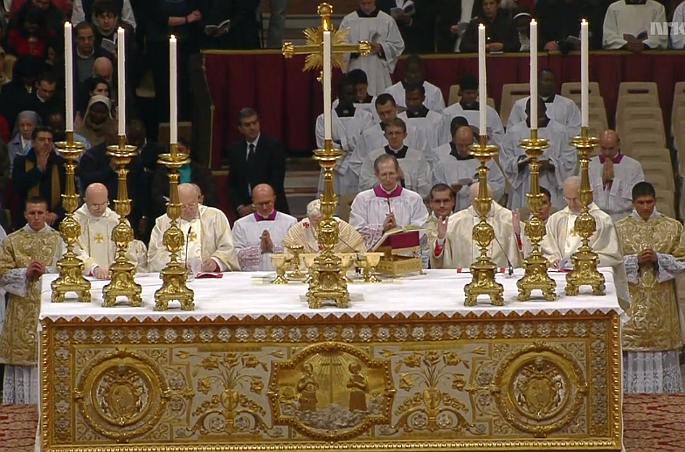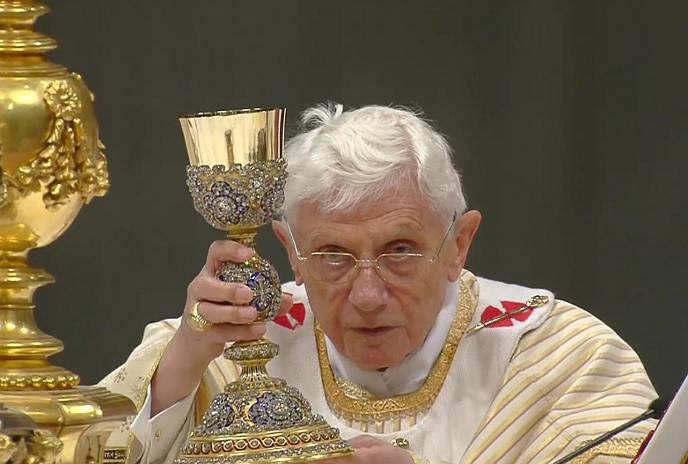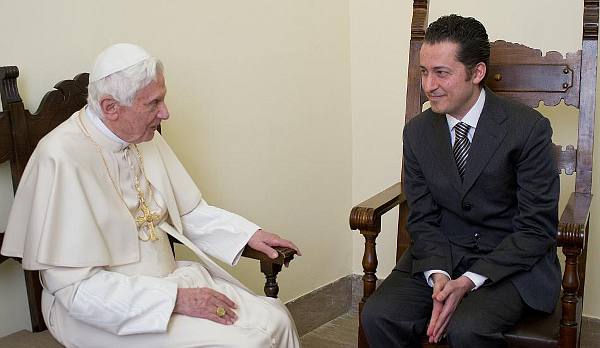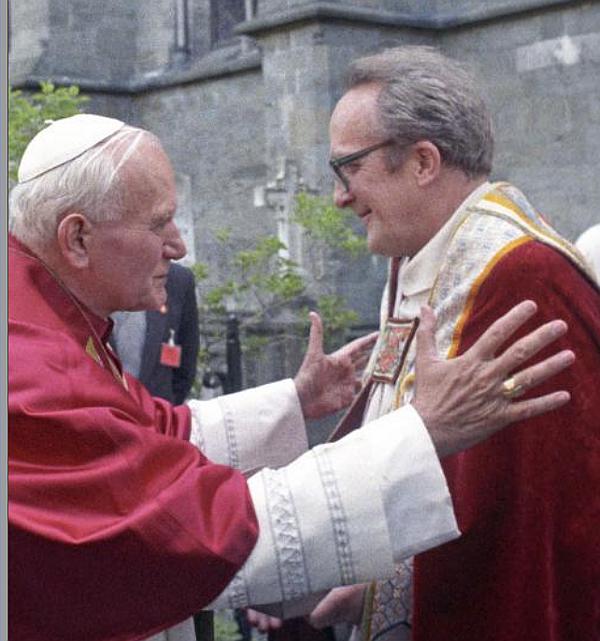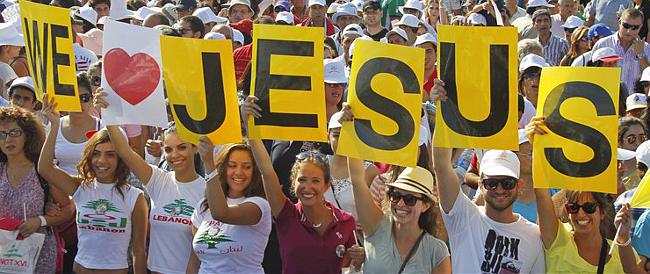Om å følge Guds kall
I dagens messer hørte vi om profeten Jesajas og apostelen Peters kall (se alle tekstene her):
(Jesaja så serafer som) ropte til hverandre: «Hellig, hellig, hellig er Herren, Hærskarenes Gud. All jorden er full av hans herlighet.» Boltene ristet i dørtersklene når ropet runget, og huset ble fylt med røk. … (og) en av serafene bort til meg. I hånden hadde han en glo, som han hadde tatt med en tang fra alteret. Med den rørte han ved min munn og sa: «Se, denne har rørt ved dine lepper. Din skyld er tatt bort, din synd er sonet.» Så hørte jeg Herrens røst: «Hvem skal jeg sende, og hvem vil gå for oss?» Da sa jeg: «Se, her er jeg. Send meg!»
Da Simon Peter så (den store fiskefangsten), falt han på kne for Jesus og sa: «Gå vekk fra meg, Herre, synder som jeg er!» For både han og alle som hadde vært med, var blitt redselsslagne over fangsten de hadde fått, – Sebedeus-sønnene Jakob og Johannes også, som var i lag med Simon. Men Jesus sa til Simon: «Frykt ikke! Fra nå av skal du fange mennesker.» Så rodde de båtene i land, forlot alt og fulgte ham.
Over disse tekstene holdt pave Benedikt en kort tale før søndagens Angelus;
Dear brothers and sisters! In today’s liturgy the Gospel according to Luke presents the account of the calling of the first disciples. This version is original with respect to the other two synoptic Gospels, Matthew and Mark (Matthew 4:18-22; Mark 1:16-20). The call, in fact, is preceded by Jesus’ teaching of the crowds and of a miraculous catch of fish, accomplished by the Lord’s will (Luke 5:1-6).
While the crowd gathers on the shore of the Lake of Genesaret to listen to Jesus he sees Simon who is discouraged because he had not caught anything all night. First he asks Simon if he might get into the boat to preach to the people a little ways from the shore; then when he finishes preaching he commands him to set out into the lake with his companions and cast out the nets (5:5). Simon obeys and they catch a great quantity of fish. In this way the evangelist makes us see how the first disciples followed Jesus, entrusting themselves to him, basing themselves on his word, which is also accompanied by wondrous signs.
Let us observe that before this sign, Simon speaks to Jesus calling him “Master” (5:5), while afterward he calls him “Lord” (5:7). It is the pedagogy of God’s call, which is not much concerned with the qualities of the elect but with their faith, like that of Simon, who says: “At your word I will cast out the nets” (5:5). The image of the catch of fish points to the mission of the Church. St. Augustine comments on this: “Twice the disciples fish at the Lord’s command: once before the passions and once after the resurrection. In both cases we find a figure of the whole Church: the Church as she is now and as she will be after the resurrection of the dead. Now she contains a multitude impossible to count, including the good and the bad together; after the resurrection she will only contain the good” (Sermon 248, 1).
Peter’s experience, certainly singular, is also representative of the call of every apostle of the Gospel, who must never be discouraged in proclaiming Christ to all men, to the ends of the earth. But the text of today’s Gospel also brings us to reflect on the vocation to the priesthood and the consecrated. It is the work of God. Man is not the author of his own vocation, but he replies to the divine proposal; and human weakness must not trouble us if God calls. We must have confidence in his strength, which acts precisely in our poverty; we must more and more place our trust in the power of his mercy, which transforms and renews. Dear brothers and sisters, may this Word of God revive in us too and in our Christian communities the courage, the confidence and the zeal to proclaim and witness to the Gospel. Failures and difficulties must not lead to discouragement: we are expected to cast out the nets with faith, the Lord does the rest. Let us trust in the intercession of the Virgin Mary, Queen of the Apostles. Quite aware of her littleness, she responds to the Lord’s call with total trust: “Here I am.” With her maternal aid let us renew our openness to follow Jesus, Master and Lord.

